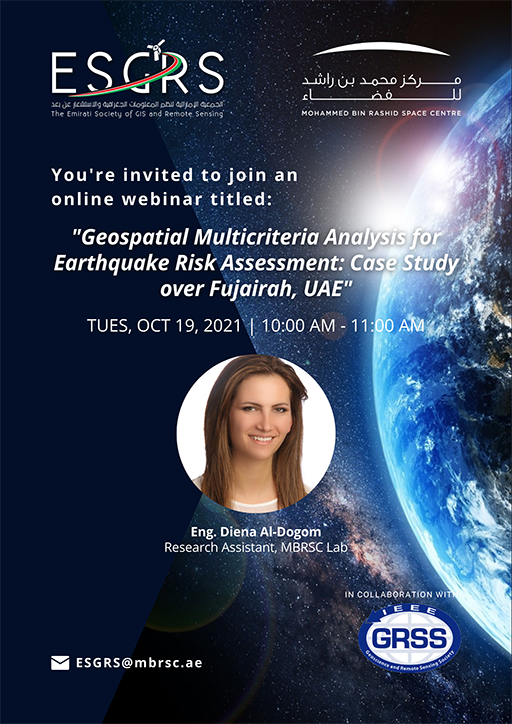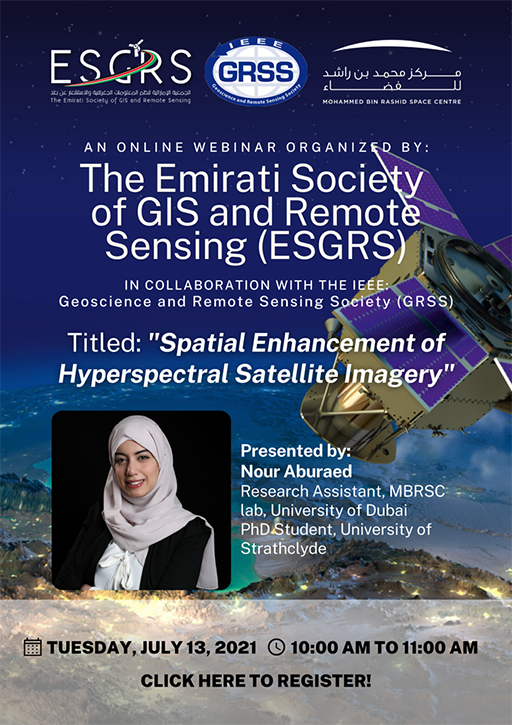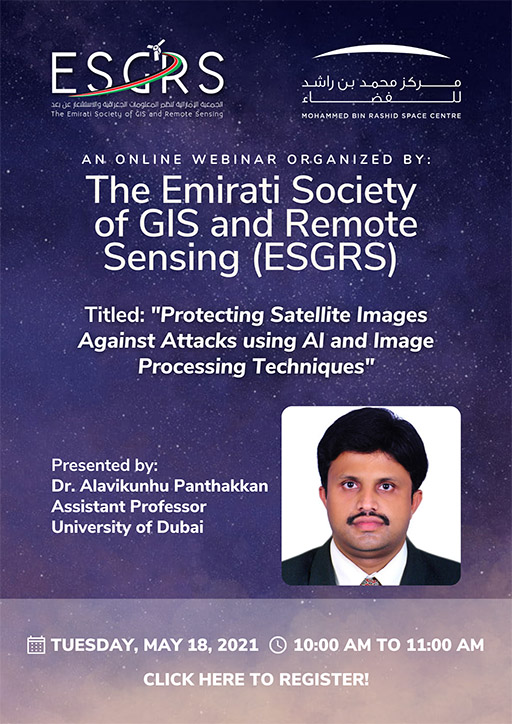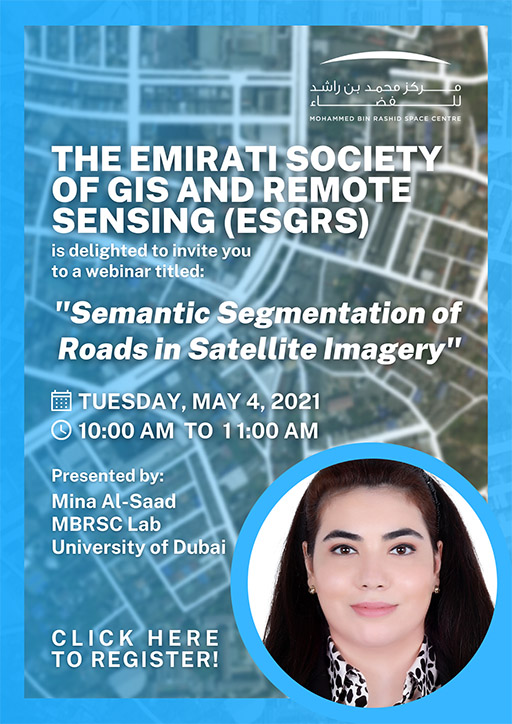A clear understanding of the spatial distribution of earthquake events facilitates the prediction of seismicity and vulnerability amongst researchers in the social, physical, environmental, and demographic aspects. Generally, there are few studies on seismic risk assessment in UAE within the geographic information system (GIS) platform. Former researches and recent news events have demonstrated that the eastern part of the country experiences jolts of 3-5 magnitude, specifically near Fujairah city and surrounding towns. This study builds on previous research on the seismic hazard that extracted the eastern part of the UAE as the most hazard-prone zone. Therefore, this study develops an integrated analytical hierarchical process (AHP) and machine learning (ML) for risk mapping considering eight geospatial parameters- distance from shoreline, schools, hospitals, roads, residences, streams, confined area, and confined area slope. Experts’ opinions and literature reviews were the basis of the AHP ranking and weighting system. To validate the AHP system, support vector machine (SVM), decision tree (DT) and random forest (RF) classifiers were applied to the datasets. The datasets were split into 60:40 ratio for training and testing. Results show that SVM has the highest accuracy of 79.6% compared to DT and RF with a ‘predicted high’ precision of 87.5% attained from the model. Risk maps from both AHP and ML approaches were developed and compared. Risk analysis was categorized into 5 classes ‘very high’, ‘high’, ‘moderate’, ‘low’, and ‘very low. Both approaches modelled relatable spatial patterns as risk prone zones. AHP approach concluded 3.6% as ‘very high’ risk zone, whereas only 0.3% of total area was identified from ML. The total area for the ‘very high’ (20 km2) and ‘high’ (114 km2) risk were estimated from ML approach.
Spatial Enhancement of Hyperspectral Satellite Imagery
Remote sensing technology has undeniable importance in various industrial applications. Some of which include mineral exploration, plant detection, defect detection in aerospace and shipbuilding, and optical gas imaging, to name a few. Remote sensing technology has been continuously evolving, offering a range of image types that can facilitate the aforementioned applications. One such type is Hyperspectral Images (HSIs). Unlike multispectral and natural images, HSIs consist of hundreds of bands, which makes it easier to identify objects through their spectral reflectance signals. Despite its high spectral resolution, HSIs suffer from low spatial resolution. This is a natural tradeoff that occurs due to cameras attempting to capture 3D images using 2D sensors. In order to implement remote sensing applications effectively with satisfying accuracy, HSIs need to have high spectral resolution as well as high spatial resolution. This webinar discusses the several advances in the field of HSI spatial enhancement, highlights and assesses the most recent state-of-the-art approaches, and draws the future direction of this research field.
Protecting Satellite Images Against Attacks using AI and Image Processing Techniques
Satellite imagery is a pivotal source of valuable information for monitoring our planet along with natural resources. However, these images have an extreme acquisition cost. Nowadays, with the widespread of the advanced technology, unauthorized ordinary people can access these data, modify their content and utilize them illegally. Therefore, there is a massive demand for providing secure storage and transmission of such data. Hence, digital watermarking has been introduced for overcoming this illegitimate practice.
Semantic Segmentation of Roads in Satellite Imagery
Remote sensing is a field that is constantly growing due to its importance in applications related to urban planning, risk assessment, resource exploration, and disaster management. Some of the most highly researched topics in the area of remote sensing include Land Cover Land Use (LCLU), object detection, scene classification, and semantic segmentation. Nowadays, researchers are looking into automating these tasks, as performing them manually is time and cost inefficient. Therefore, Deep Learning (DL) algorithms have been utilized for remote sensing and image processing tasks in the recent years. Many studies proved efficiency of DL algorithms, however, several challenges remain unsolved. In particular, semantic segmentation is one of the challenging tasks that is under heavy demand in the field of remote sensing. For this research study, semantic segmentation is applied to extract roads from satellite images. Road mapping is an essential first step in several applications that include transportation, traffic management, and city planning. Extracting roads efficiently and accurately will in turn boost the overall outcome of the aforementioned applications. U-Net is the state-of-the-art Convolutional Neural Networks (CNN) that perform semantic segmentation. This network will be trained using publicly available Massachusetts dataset. The accuracy and loss of all experiments will be reported and sample results from the dataset will be demonstrated.





